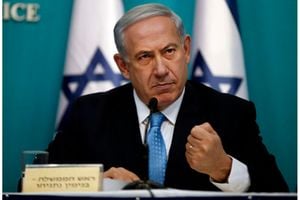Farmers to get free hoes
There have been several media reports recently about government soliciting funds to purchase hoes to donate to farmers.
For those who might not know, there is a reason why the area in Kampala City known as Najjanankumbi was given that name. The name is actually a Luganda language sentence – Najja na nkumbi translated as: I came here with just a hoe.
A story is told that long ago, before the formation of Kampala City, there was a very rich man who lived in that area and everybody was amazed by his great wealth of bananas, yams, potatoes and a whole range of crops.
Whenever he was asked how he accumulated all the wealth he always answered: “Najja na nkumbi.” What he actually meant was that all the riches he had were obtained by using the hoe to cultivate the land and grow crops. Eventually, the area was named Najjanankumbi.
So, it makes sense to attach some importance to the hoe as a tool for wealth creation. It is what the ancient citizen of Najjanankumbi used to get rich.
In a Panos-edited booklet titled Food for all it is stated: “Food production is not increasing as fast as is needed to feed growing populations, especially in Africa. This is partly because of the poverty of so many farmers.”
A hoe costs about Shs10,000 but millions of Ugandan households are looking forward to obtaining the government donation of at least one hoe each.
Yet the same government annually donates planting materials to farmers because they can neither buy seeds nor save any from their harvests.
If a farmer has to be given free tools and free planting materials, what is his own contribution in the struggle to get himself out of poverty?
A World Bank report released about three weeks ago pointed out that donations of this kind to farmers cannot be sustained besides being ineffective in reducing poverty.
They only serve to win political favour from farmers who hardly know that last June government allocated a paltry 3.6 per cent of its annual budget to agriculture. [email protected]


